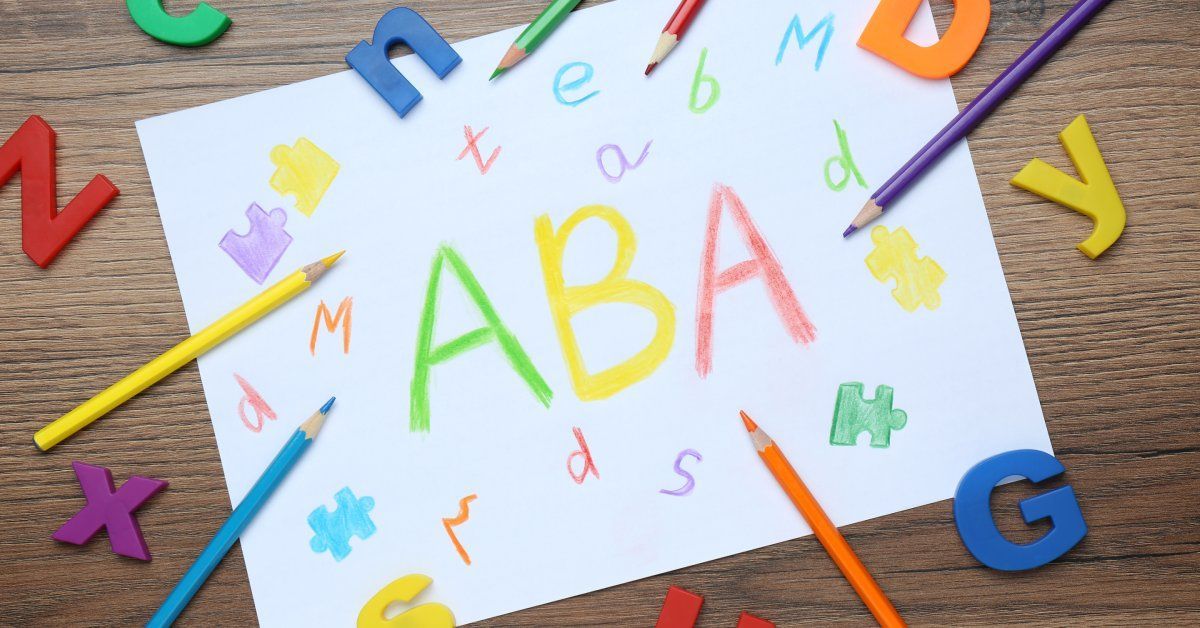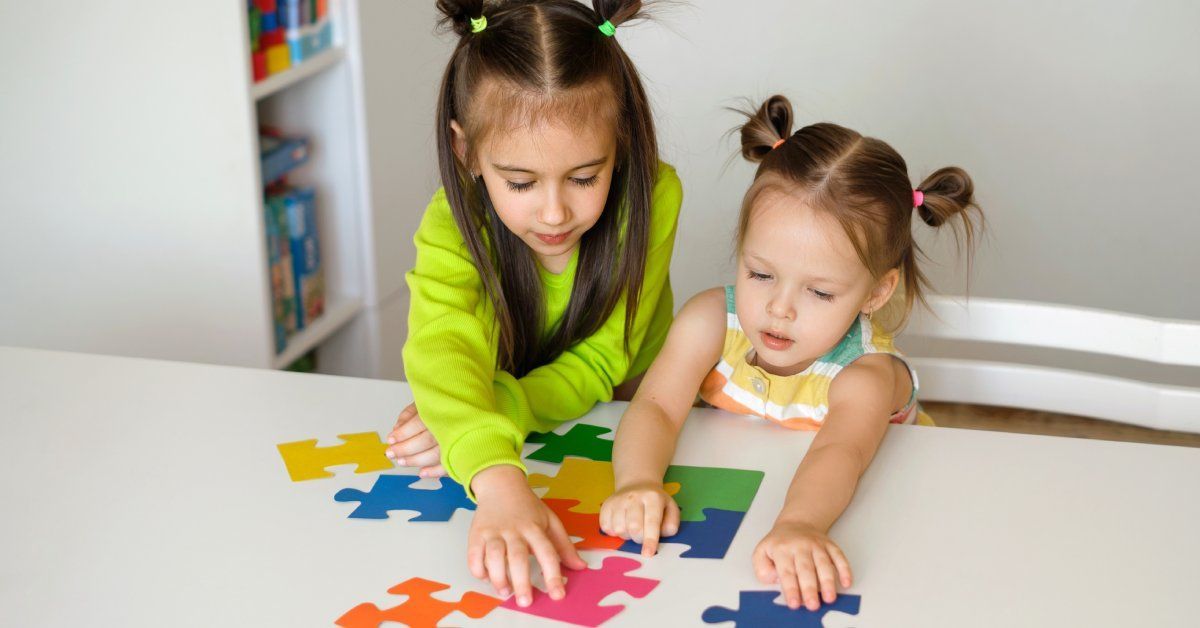How Autism Presents Differently in Boys and Girls
Families and professionals searching for answers about autism often find that understanding how autism presents differently in boys and girls is essential. Gaining clarity on this topic helps ensure every child receives understanding and care tailored to their needs. With research and firsthand observations revealing key distinctions, we can better recognize and respond to the unique patterns seen in boys and girls.
Historically, autism has carried the reputation of being more common among boys. This view arose because early research and diagnostic criteria centered on boys’ behaviors, often leaving girls’ unique presentations in the shadows. Today, growing awareness reminds us that girls with autism might show their traits in much less obvious ways. This sometimes leads to missed or late diagnoses, making it even more important to look closer and with more compassion.
Social Communication
Gender differences become clear when watching social interactions. Boys on the spectrum might show clear signs, such as avoiding eye contact or struggling with back-and-forth conversation. Their interests can be sharply focused and might stand apart from what other children enjoy.
Girls with autism usually express a strong wish to connect with others, even if it takes a lot of work. They often pick up social cues by carefully watching their peers. Some practice copying facial expressions or memorizing lines for social situations. These efforts can hide their challenges from teachers and parents, who may not notice what is happening beneath the surface.
Interests and Play
Intense interests are a classic trait of autism, but they can look different between genders. Boys might dive deep into topics like train maps, video game stats, or anything with clear patterns. These interests often show up as strikingly unique.
Girls might pour the same energy into interests seen as typical for their age and gender, such as animals, stories, or drawing. Because these passions seem “ordinary,” adults may overlook them as a sign of autism. It is not the subject but the depth and intensity that reveal clues.

Repetitive Behaviors
Repetitive actions, or a strong need for routine, are widely seen as signature signs of autism. In boys, this could mean hand-flapping, lining up cars, or insisting on certain rituals every day. These patterns are usually easy to spot.
For girls, repetitive actions can look much different. They might twirl a strand of hair, organize items with quiet precision, or get stuck in loops of worry and thought. Because these habits seem harmless or even helpful, adults may chalk them up to personality, not autism.
Ways of Handling Stress
Another key sign is how kids react to stress or sensory overload. Boys tend to express feelings outwardly, often through movement, noises, or visible frustration. These behaviors can quickly catch an adult’s attention and lead to an autism evaluation.
In contrast, girls often turn inward. They might appear quiet, anxious, or very hard on themselves. Instead of drawing attention, these behaviors can be mistaken for growing pains or personality quirks. That’s why it is easy for their needs to fly under the radar.
Emotions
Everyone with autism can find it hard to manage emotions, but these challenges look different across genders. Boys more often have visible meltdowns or bursts of emotion. Outsiders may mistake these for behavioral problems rather than signs of feeling overwhelmed.
Girls, on the other hand, frequently hold everything in during the day—saving their tears or outbursts for a safe space at home. Parents sometimes call this an after-school “crash,” when bottled-up feelings finally spill out in private.
Speech and Language Patterns
Speech and language are important clues. Boys with autism may speak in a formal way, use large words, or show delays. They might not grasp the unwritten rules of conversation, which can make socializing tough.
Girls often show strong vocabularies and use language well. Still, they may miss sarcasm, idioms, or taking turns in group conversations. Instead of not knowing what to say, they may share long monologues about their interests. The real clue is not a lack of skill, but a challenge in making conversations flow naturally.

Why It’s Harder To Spot in Girls
Since so much research has focused on boys, many diagnostic checklists spotlight male traits. Girls whose signs do not match these models could face missed diagnoses or may be labeled with something else, like anxiety or ADHD.
Another major reason girls are typically diagnosed later is due to masking. Many put immense effort into hiding struggles and “passing” as neurotypical. Masking involves mimicking social rules, smiling or making eye contact when it does not feel natural, and studying others to fit in.
While some boys mask, most research shows that girls do it more, and often more convincingly. The price for masking is high. It can leave girls exhausted and anxious, feeling lost or alone beneath a carefully constructed surface.
Getting the right answers means looking past stereotypes and seeing the whole child. Families, teachers, and doctors should ask about subtle differences and dig deeper when something doesn’t quite fit. Early, accurate diagnoses open doors for children and families.
Building a Support System That Works
When families know what their children need, they can offer the right help early. Every child’s journey looks different, and support should recognize these differences. What matters most is addressing strengths and challenges—never comparing one child’s path to another.
Working closely with a therapy center for autism that understands how symptoms can differ offers more personalized support. These centers tailor programs so each child, whether a boy or a girl, receives what works best—targeting communication skills, emotional understanding, or daily routines. With guidance that combines knowledge and heart, change can happen.
Why Noticing the Differences Makes a Difference
Learning about how autism presents differently in boys and girls allows us to reach more children who need support. It isn’t about labeling or limiting; it's about uplifting every child.
When we pay attention to these differences, we empower parents, educators, and health care providers to recognize autism in all its forms. We also help children grow up with the understanding and resources they need to thrive. The details can seem overwhelming, but they make a real difference in real lives.
Some key distinctions to remember include:
- Social Interactions: Many girls try to blend in by copying others.
- Special Interests: Girls may focus on “typical” topics, but with a strong passion.
- Behavior: Internalizing stress is more common for girls, while boys often show it outwardly.
- Diagnosis: Masking and subtle traits may delay answers for girls.
No matter what differences surface, the journey is easier when you walk it with empathy and the right support. Every child deserves to be seen, heard, and helped in the ways that work for them.






